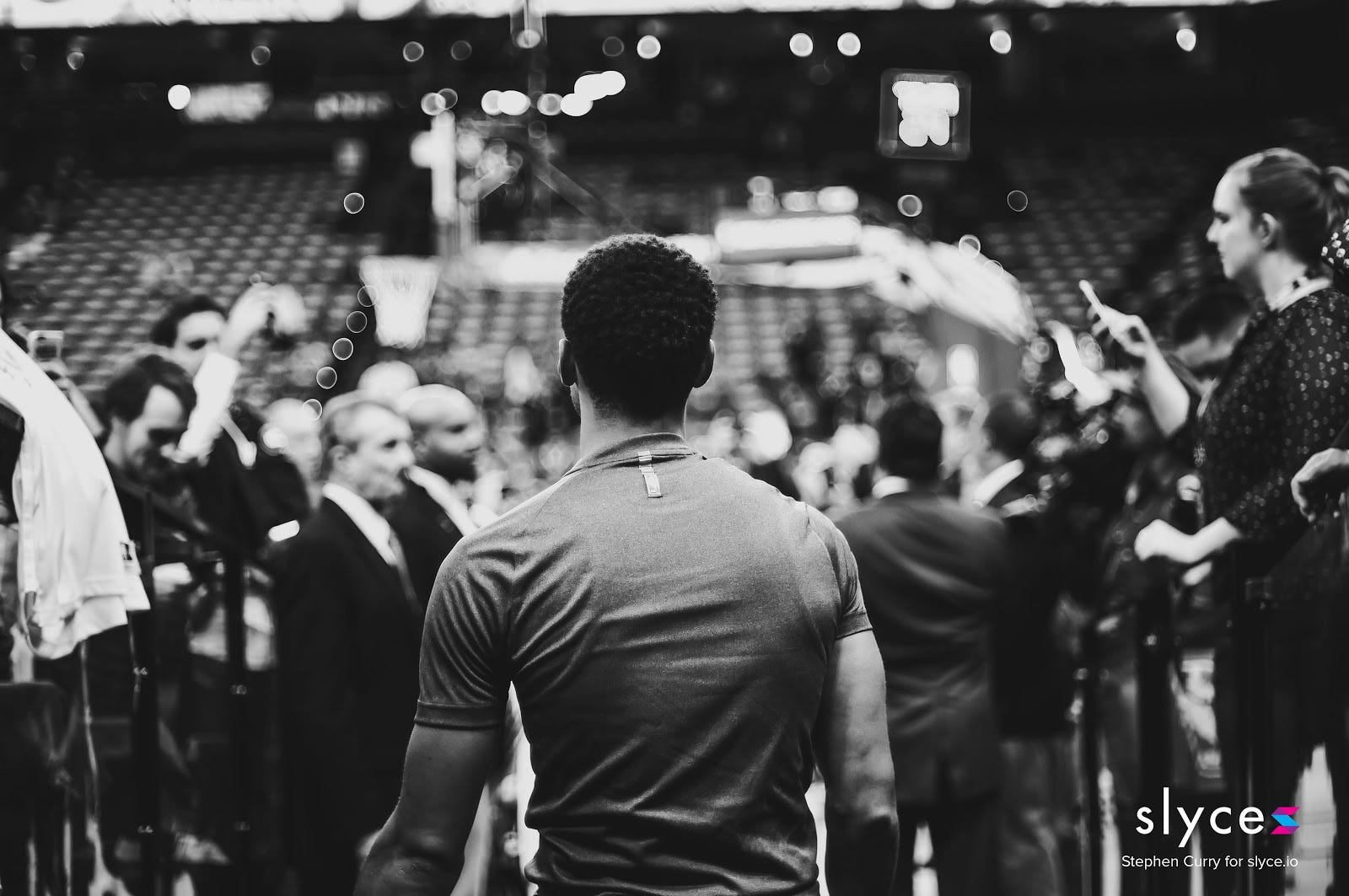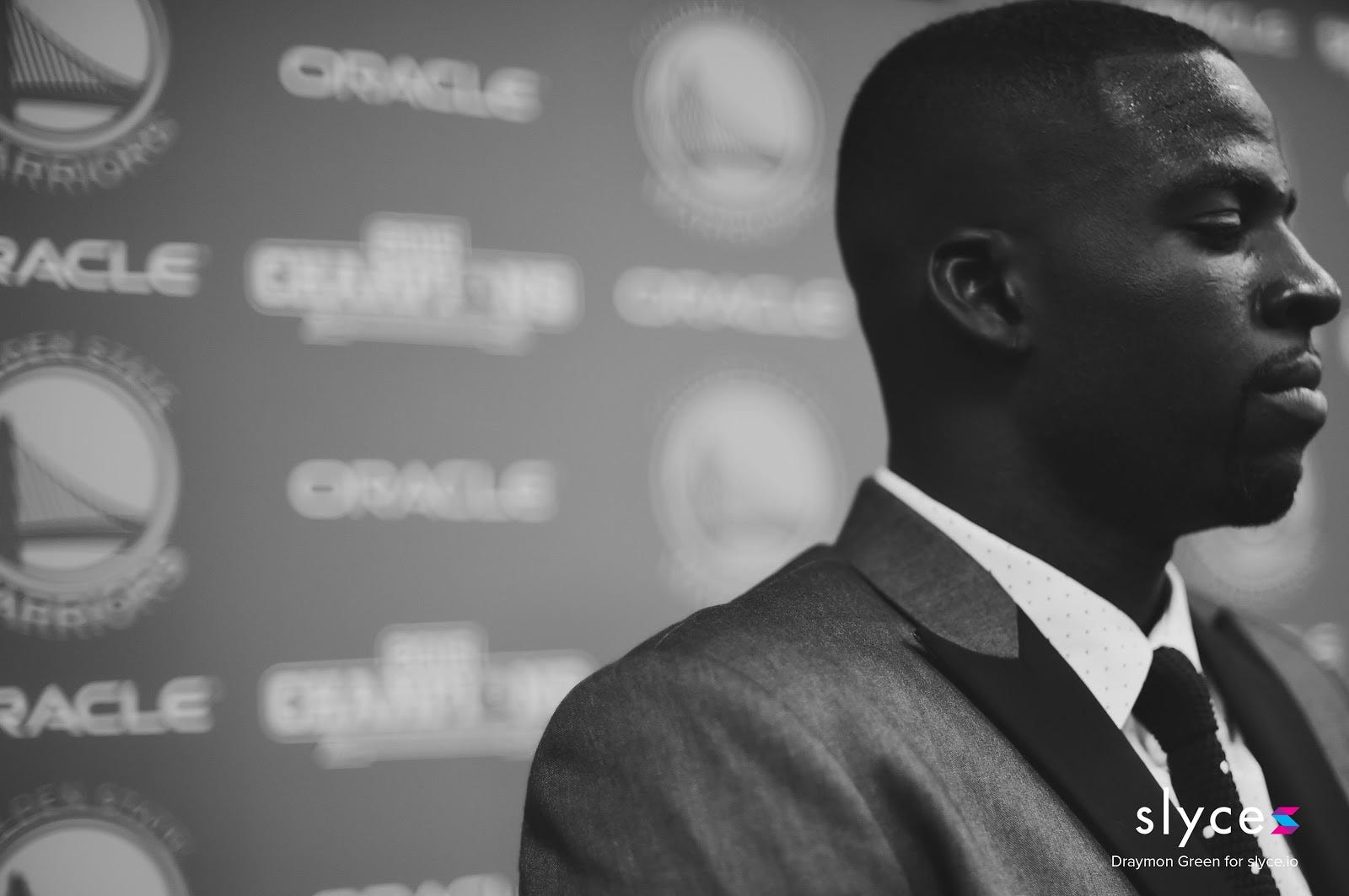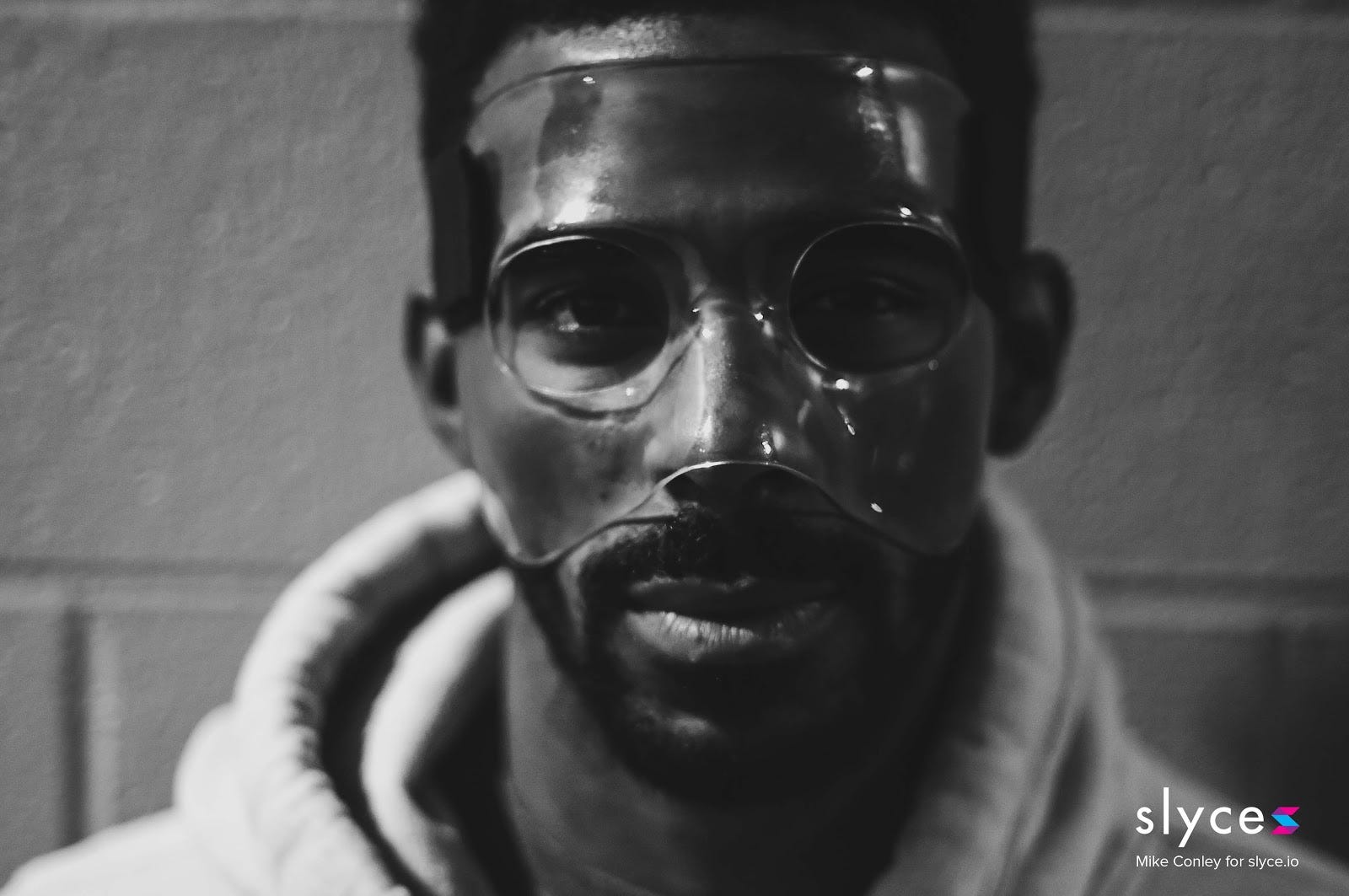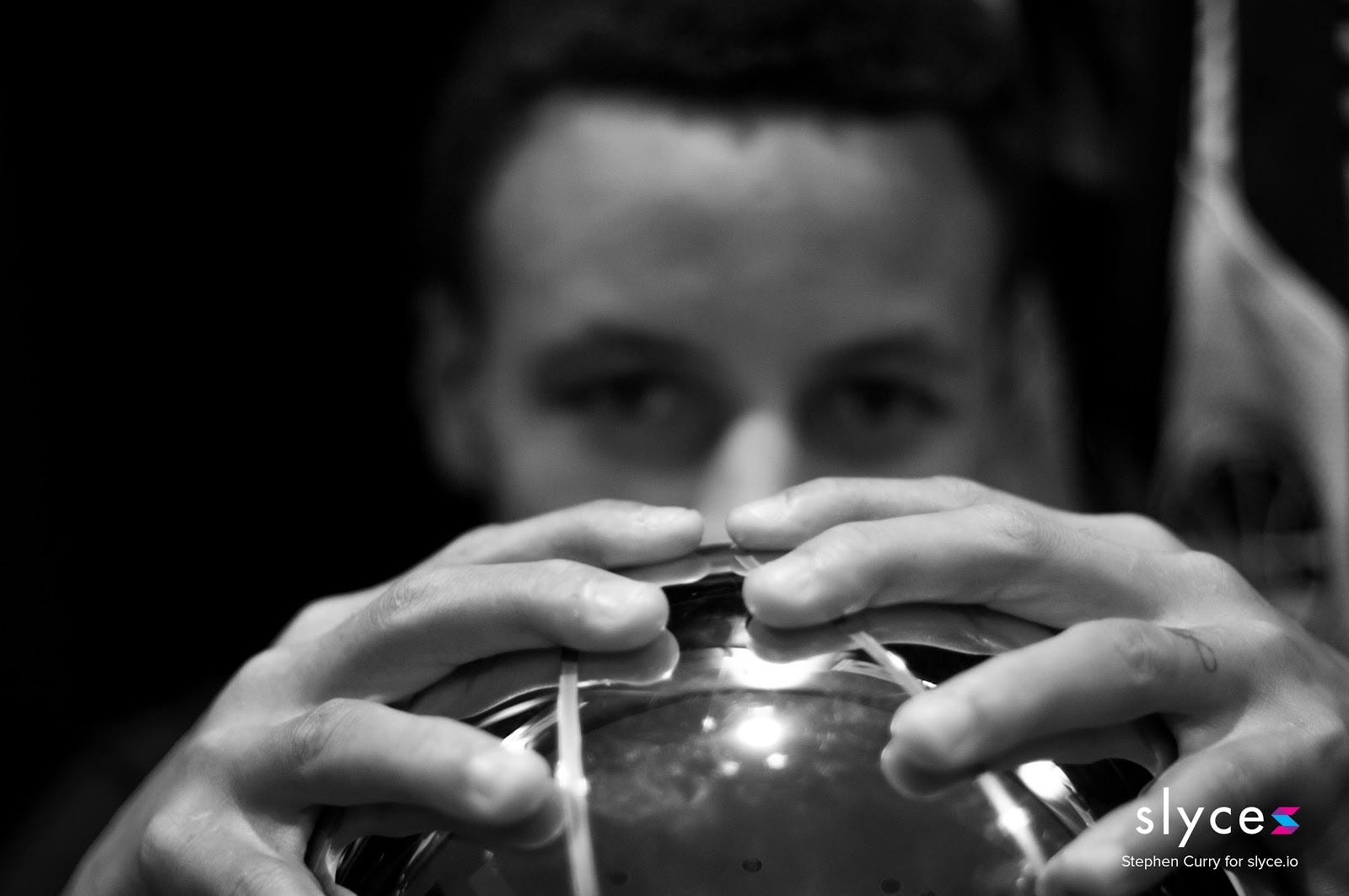“I don’t wanna be you, I just wanna be me. I don’t wanna be cool, I just wanna be me”
“Wanna Be Cool” By Donny Trumpet and The Social Experiment (feat. Big Sean, Jeremih & KYLE)
As a child born in the technology age, I have maintained a consistent and relentless pursuit of individualism and authentic creative self expression amidst the 2.5 quintillion bytes of data that is created each and every day.
This pursuit, which has become my purpose, has allowed me to travel the vast abyss of uncertainty towards a future of unimaginable learning. A future of youth-centric narratives filled with the same interpersonal suspense that fueled the champions of old.
A future of discovery.
A future of optimism.
A future that begins today, with Accel.
My journey towards Accel did not begin with my return to the Silicon Valley in 2014. It began thirty-five years ago, in a small Catholic hospital on the Southside of Chicago. My journey began the day I was born.
The hopes and dreams of Albert and Priscilla Mayden were my birthright. They motivated me. They challenged me. They encouraged me. They defined me but most importantly, they empowered me and my dreams.
I was a very energetic child, naturally curious and full of youthful optimism. I dreamed daily of a near-future world, filled with flying cars and holograms. A world defined by Marty McFly and his endless array of colorful gadgetry. A world where anything was possible.
I did not see limitations based on my place of birth nor the amount of melanin in my skin. I didn’t believe that my dreams would be deferred. I was encouraged to believe that I was capable. I was told that I was equally as talented as my peers. I was allowed to be me.
And by simply “being me” I have often been antithetical to the very industry that I represent: Design. My entire life I have treated Design like a sport. I obsess over the intangibles. I study the behavior of my opponents and consistently assess my greatest enemy, which is my “inner me.” Thankfully, over the years I have devised a plan for success against my insecurities and my own ego. A plan fueled by the desire to learn through my failures and to be an inspirational example for the youth through my victories. A plan that focuses on serving others before I serve myself.
The concept of a “servant leader” was introduced to me by a modern day Perseus, the winged foot hero of Ovid’s The Metamorphoses. A man that has turned his greatest weaknesses into his greatest strengths. A man that gave a 19 year-old kid from the southside of Chicago a chance to realize his dream as a Designer. A man known by many as Michael Jordan.
Over the past 14+ years as a professional Designer with Nike and Jordan Brand, I primarily focused on products, services and experiences intended to amplify human potential. And as such, I have learned that the greatest champions, much like the greatest entrepreneurs, all have three key intangibles.
#1 They dictate the game
The first and probably the most important is their ability to center themselves and exercise great emotional restraint amidst the turbulence of the game.
A very important indicator for success for a professional athlete is their ability to manipulate the distance between themselves and an opponent. During my many conversations with Michael, he would often remind that we are creative “chess players” while others are playing “checkers.” His ability to think algorithmically, calculating thousands of contextual data points to execute his will on the person in front of him also translated to his business acumen. He sees what others do not see and marches fearlessly across the terrain of impossibility, much like the great African military strategist of Carthage, Hannibal Barca.
The best entrepreneurs understand this. They are not comfortable with ambiguity and uncertainty but they are willing to march forward. Their vision of a better tomorrow fuels them. Their passion for their craft consumes them. Their desire to pursue the impossible defines them. They understand that the game will and often does change. However, they are “chess players” leveraging laser sharp focus and intuition that is amplified by the contextual data points of culture.
#2 Timing favors the prepared
The next critical intangible of an athlete is their ability to master the art of timing. The difference between a “gold medal and no medal,” as Usain Bolt describes it, usually comes down to one one-hundredth of a second. A lifetime of sacrifice that leads to an unfulfilled aspiration is the destiny of many Olympiad. But the risk of losing it all does not deter them from their quest.
They train for that moment.
They obsess over that moment.
They fight tirelessly to seize that moment.
They sacrifice it all to become legendary in that moment.
In Silicon Valley, it is often said that “everything comes down to timing.” This, too, is something that the most exceptional founders understand. They have what we call at Accel, “ a prepared mind,” or as we say in sports, “they stay ready, so they don’t have to get ready.” This mindset of preparedness has no room for ego. It thrives on constant feedback from the consumer and it obsesses over discovering new and better problems to solve on behalf of the very people they hope to inspire.
This attitude combined with a culture of inclusivity and transparency engenders all employees from the ground up to adapt and respond to the market forces that so many business succumb to.
#3 Turning to the past for the future
The last of the three key intangibles of a great athlete is their ability to study the history of the game and leverage it to define the future. This is often called “Athletic IQ” (Basketball IQ, Football IQ, etc).
By learning from the style of those who came before them, the best athletes are afforded the opportunity to combine the styles, mindset, attitudes and in the case of Kobe Bryant, the exact mannerisms of the people they admire the most.
The concept of style mimicry is referred to as “pattern recognition” in the venture capital world. Firms often look for characteristics that fit the mold of previously successful founders, companies and market segments.
However, the times have changed. Styles have become more complex, behavior has become less predictable and influence has shifted from those with the most capital to those with the most relevant content.
In the near future, we will see the rise of what I call the “Cultural Alchemist™.”
Champions of the future
Cultural Alchemist™ can be defined as 14–25 years old, contextually educated, multi-racial, methodically creative, socially aware, culturally blended and technologically proficient. They are driven by genuine interactions, exchanges of ideas, collective aspirations and access to experiences that lead to meaningful opportunities. They are not just looking for a job, they are looking for a mission and a purpose. They are the champions of the future.
They do not believe in “picking a lane.” They believe that they are the lane.
Their access to information has allowed them to see the world from a unique global perspective that will soon disrupt the very way we create, use and consume the very products and services that drive our global economy.
They are Sachin Bansal and Binny Bansal, two young, inspired souls that risked it all by walking away from lucrative jobs in 2007 to found Flipkart. A company that from the very beginning leveraged an intimate cultural understanding of the Indian consumer mindset to revolutionize the digital shopping experience.
They are Drew Houston, a college kid searching for ways to simplify the experience of gaining access to critical information while going to and from the various classes on the campus of MIT. Through his identification of a meaningful problem, he created a solution for himself that he later realized could serve the needs of many. He created Dropbox.
They are a young boy on the southside of Chicago that dreamed beyond the confines of the invisible walls his neighborhood. A young boy that aspired to create products for his heroes.
A young boy whose love for art, science, technology, sports and youth culture led him to College for Creative Studies in Detroit, where he received his BFA in Industrial Design. To Nike and Jordan where he worked on footwear, apparel, branding, innovation, wearable technology and predictive analytics.
To the Stanford Graduate school of business, where he received his Masters of Science in General Management with a certificate in Social Innovation.
To the d.School where he is working on an non-profit intiative to address the social/emotional needs of young boys of color, entitled The Tribe.
And finally, to Accel. Where he working on hopes to inspire and create access to opportunities for the emergent Cultural Alchemists of the world who will define the way we live, work, play, interact and dream.
They are you and we are here to support you in your journey. Let’s talk.
@JayMay_ChiCity Twitter, Instagram
Top photo courtesy of Jason Mayden.
Subsequent athlete photos courtesy of Slyce.io




